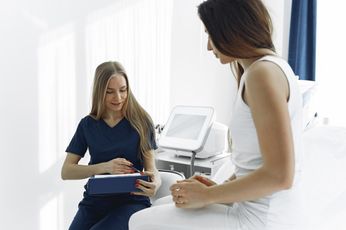
Inhaler Technique Paid Members Public
An effective inhaler technique is one of the cornerstones of asthma and COPD treatment. This allows the medication to get to the lung where it can help control the patient's symptoms. It is also important to have an understanding of all the different inhalers available e.g. metered
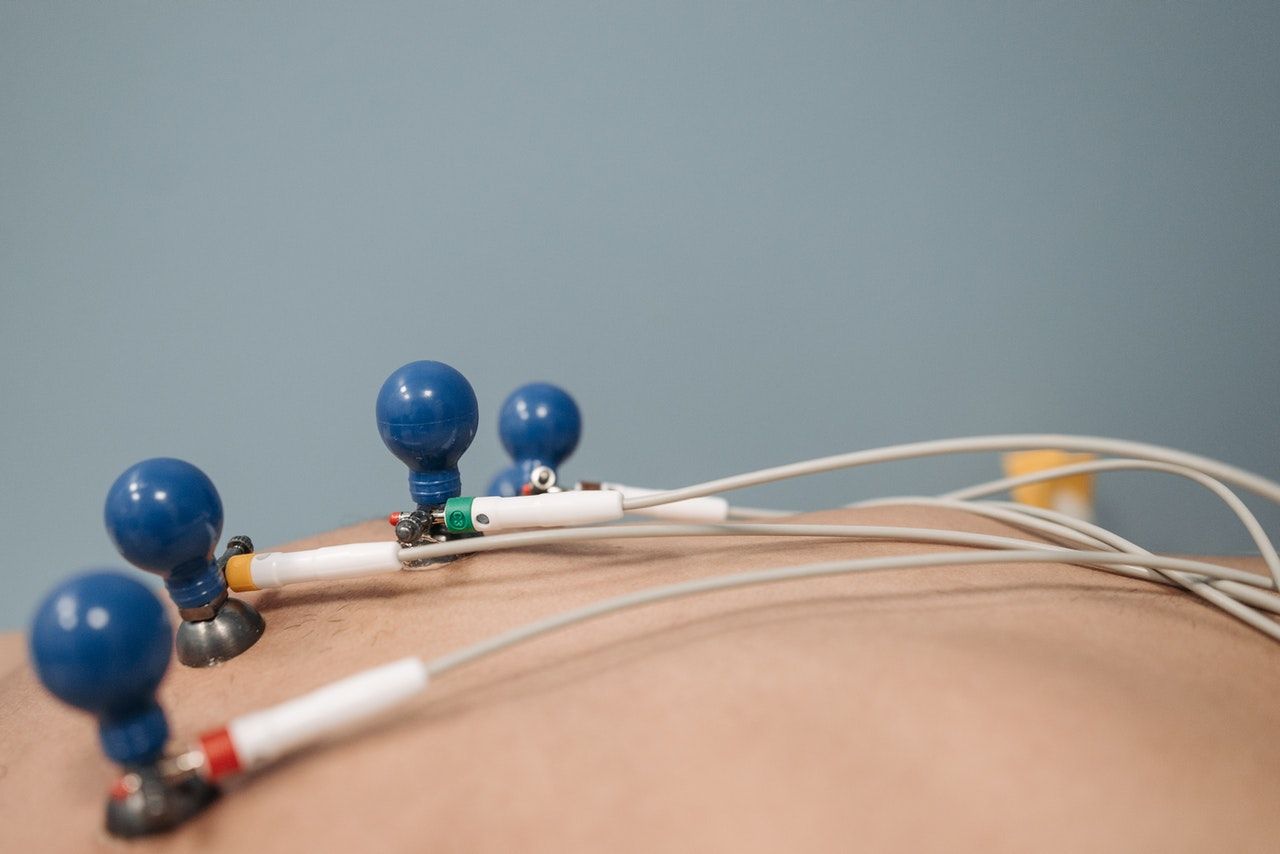
Electrocardiography Paid Members Public
Electrocardiography (ECG) is a technique that detects the electrical signals from a patient's heart and then records it on to a strip of paper. An ECG is a basic investigation that all junior doctors have to be comfortable at doing. It allows the clinician to see the electrical

Urethral Catheterisation Paid Members Public
Catheterisation is an invasive practical procedure that all junior doctors must be confident with before their first on-call. It involves passing a small plastic tube through the urethra and in to the bladder. Often you will get called to the difficult ones that the nurses have not been successful with.
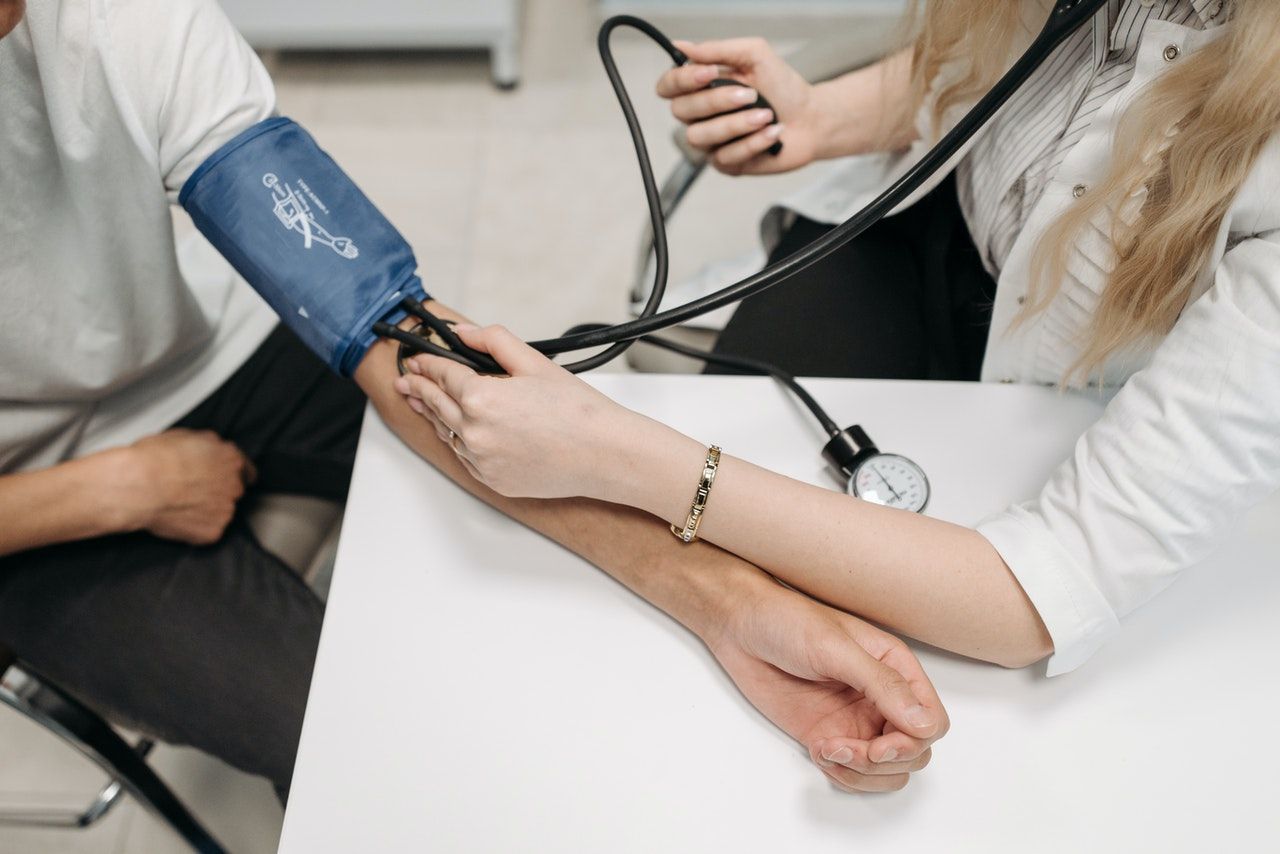
Blood Pressure Measurement Paid Members Public
Blood pressure (BP) measurement is one of the vital signs used in assessing patients. It is the pressure exerted by circulating blood on the arterial vessel walls. It is often very useful in determining a patient's clinical condition. For example, a hypotensive patient may be septic from an

Blood Cultures Paid Members Public
Taking a blood culture involves taking blood in an aseptic technique for the purposes of checking for bacteria of fungi in the patient's blood (septicaemia) . This is often an important aspect of doing a septic screen on a patient that is pyrexial. The procedure shown below is only
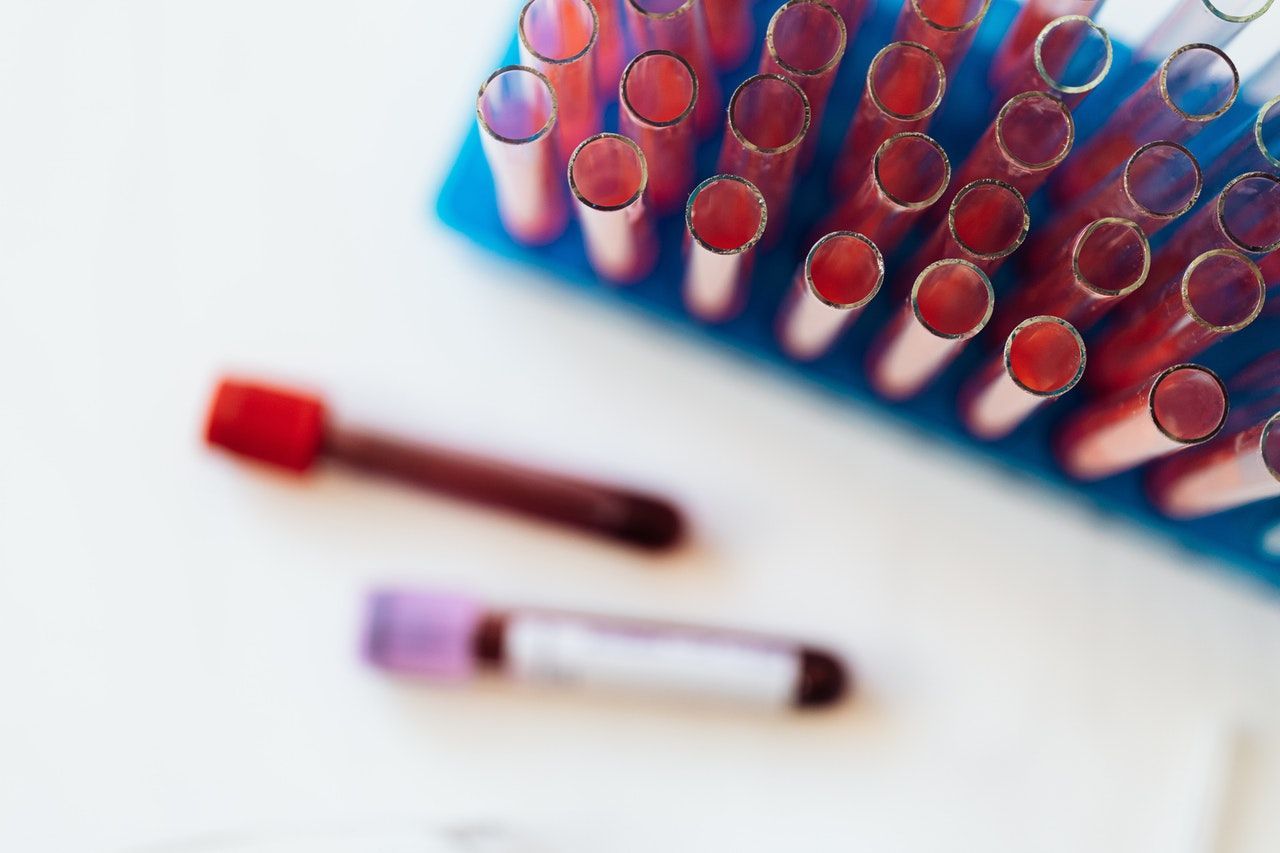
Arterial Blood Gas (ABG) Paid Members Public
An Arterial Blood Gas (ABG) is a blood sample taken from an artery, usually from the radial artery. An ABG sample will often be processed quickly and give a clinician an idea of the oxygen, carbon dioxide and pH levels in the blood. This is often very important in the

Shoulder Examination Paid Members Public
The shoulder examination follows the ‘look, feel, move’ rule of joint exams. Compared to other joint exams, the shoulder examination is often chosen as an OSCE station and you should prepare for it accordingly. The joint is susceptible to injury due to its high mobility and instability. In the real
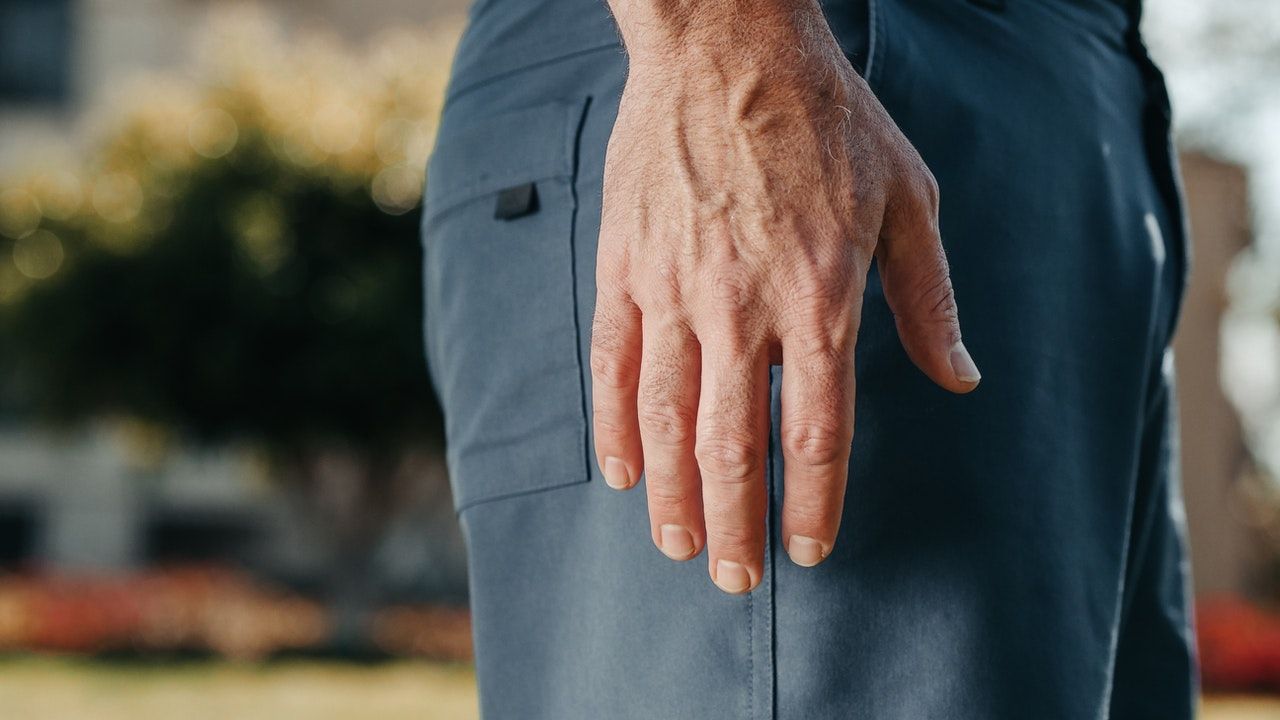
Upper Limb Examination Paid Members Public
The upper limb neurological examination is part of the neurological exam that focuses on the motor and sensory neurons that innervate the upper limbs. It is useful in identifying pathology that affects the upper limbs. The key components of this examination are; tone, power, reflexes, sensation and function. The ability


